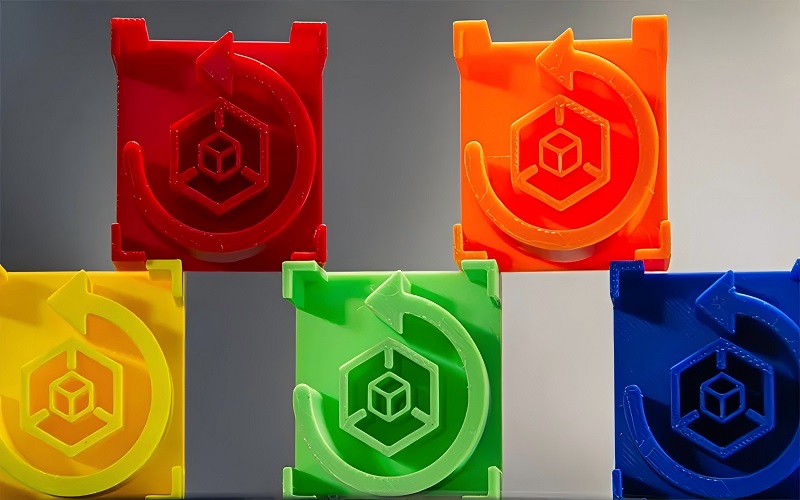As the world puts more and more emphasis on environmentally friendly materials, lactic polyacid (PLA) is receiving more and more attention as a bioplastic.
PLA has been widely used in food packaging, 3D printing, and medical products. However, as its use increases, there are concerns about its safety.
So, is PLA really safe?
This article describes what PLA is, its ingredients and benefits, as well as its effects on health and the environment.
With this content, let’s see if PLA is really as safe and environmentally friendly as people say. The following questions will be discussed in detail.
Key points covered:
- Polylactic acid (PLA) is an adaptable material used to produce food packaging.
- PLA is a bioplastic derived from renewable resources like corn and sugarcane, making it a sustainable choice.
- PLA is non-toxic and free from harmful chemicals like bisphenol A (BPA), ensuring safety for food contact.
- PLA has a low melting point (60-70 °C), making it unsuitable for hot food or beverages.
- During 3D printing, PLA can release ultrafine particles and volatile organic compounds (VOCs); proper ventilation is necessary.
- PLA is widely used in the medical field for absorbable sutures and scaffolding due to its biocompatibility.
- Although PLA is biodegradable, it requires specific conditions for effective degradation; improper disposal can lead to microplastic pollution.
What is PLA ?
PLA (polylactic acid) is a bioplastic made from plants such as corn and sugarcane.
It is renewable and can be naturally decomposed under industrial composting conditions, reducing environmental pollution.
Due to its safety and environmental protection, PLA is widely used in food packaging, disposable tableware, 3D printing, and medical products, becoming an important material for promoting sustainable development.

What is PLA Made Of?
PLA is made from starch found in plants such as corn and sugar cane. After fermentation, the starch is transformed into lactic acid, which is transformed into polylactic acid by chemical reaction.
The material uses renewable resources and does not use oil, causing little pollution to the environment.
The molecular structure of PLA is composed of lactic acid. Lactic acid is also a substance naturally produced by the human body, so it is safe for the human body.
Therefore, PLA is often used in food packaging and medical supplies. It is harmless to the human body.
Its manufacturing process only involves fermentation and chemical reaction; no other chemicals are added to ensure the safety of PLA components.
Is PLA Safe for Food Contact?
Polylactic acid (PLA) is commonly used to make disposable cups, cutlery, and food packaging.
It is extracted from plants and does not contain some harmful things such as bisphenol A (BPA), so it is safe for our health.
Agencies like the FDA have confirmed that pure PLA is safe for contact with food without any dyes or additives.
However, PLA has a low melting point, so if you use PLA containers for hot food or drinks, be careful, as it may deform or something may seep out.
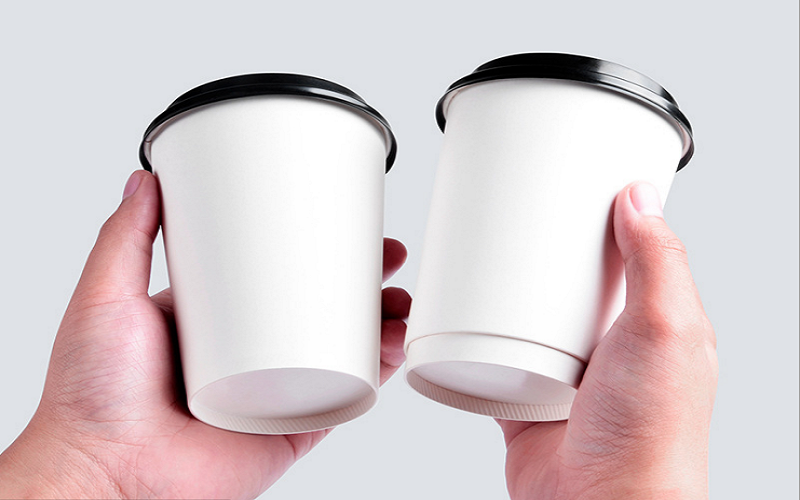
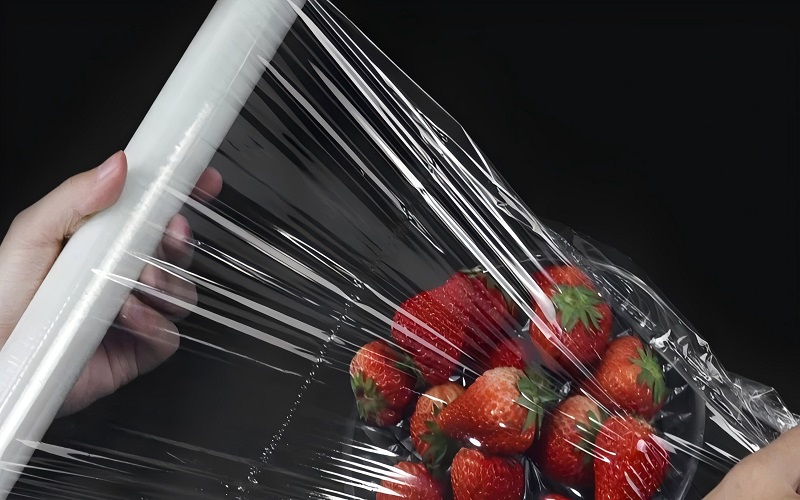
Temperature Sensitivity: Is PLA Safe for Hot Food?
PLA is not suitable for hot food.
It has poor heat resistance, with a melting point between 60 and 70°C (140 and 158°F) and a glass transition temperature (Tg) of about 50°C. In short, once the temperature exceeds these ranges, PLA will begin to soften, deform, and may release some things.
If you pour hot soup or hot drinks into a PLA container, it may make it unstable and even affect the safety of food.
Although it is safe to use PLA at room temperature, it is recommended to use other high-temperature resistant materials, such as polypropylene (PP), which is safer when it comes to hot food.
In short, PLA is suitable for cold food and cold drinks, but it is not good to put it together with hot things, and don’t put it in the microwave, because at high temperatures, PLA will break down and affect safety.
Health Concerns with 3D Printing PLA
Although PLA (polylactic acid) is a non-toxic 3D printing material, there are still some health issues to be aware of when using it.
During the printing process, PLA releases ultrafine particles (UFPs) and small amounts of volatile organic compounds (VOCs) when heated, which may affect air quality and cause respiratory irritation.
Therefore, it is very important to maintain good ventilation, and it is best to print in a well-ventilated area or use an enclosed printer with a filtration system.
In addition, although PLA is derived from plants, some people may be allergic to its ingredients, and care should be taken when handling hot prints to avoid burns or skin discomfort.
Overall, although PLA is relatively safe, it is still necessary to take appropriate precautions.
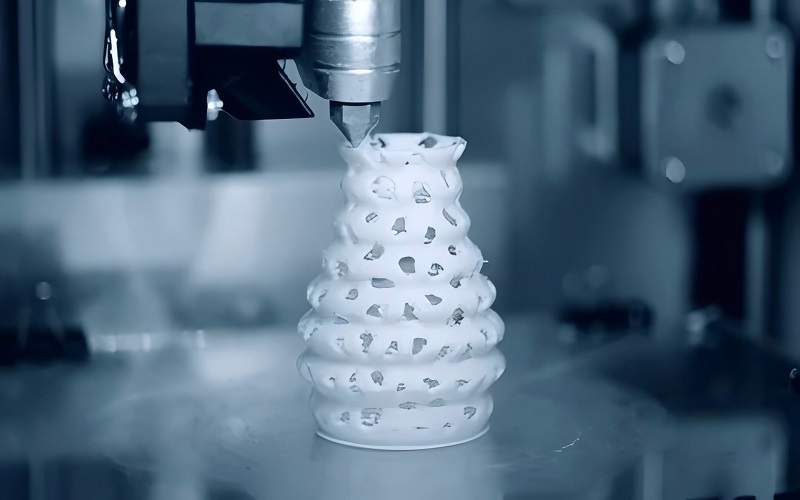
Is PLA Safe for Medical Applications?
PLA (polylactic acid) is widely used in the medical field, mainly because it is safe for the human body and can slowly decompose in the body.
For example:
PLA is often used to make absorbable sutures so that after the wound heals, there is no need for surgery to remove it.
It can also be used as a scaffold to help tissues heal and then decompose naturally without causing trouble.
In addition, PLA is also used in drug delivery systems to control drug release and enhance the treatment effect.
Moreover, PLA is suitable for 3D printing medical devices and models and can be customized according to the needs of patients.
Although in some cases PLA may not be heat-resistant and strong enough, after rigorous testing, PLA is considered a safe and reliable material for medical use.
Environmental Impact: Is PLA Really Eco-Friendly?
PLA is a green material that does help protect the environment.
First of all, PLA is made from renewable resources such as corn starch and sugar cane, which reduces our dependence on fossil fuels.
In addition, PLA requires less energy and water during production, which helps reduce carbon emissions and is important for slowing global warming.
However, although PLA is said to be biodegradable, it actually behaves differently in different environments.
Studies have found that PLA can only be fully degraded under specific industrial composting conditions, such as high temperature and appropriate humidity. In the natural environment, PLA degrades very slowly and may even turn into microplastics and slowly accumulate in the environment.
In order for PLA to truly play its environmental role, it must be handled under appropriate conditions. It cannot be simply recycled like ordinary plastics and requires special facilities for processing. Mixing and recycling will affect other plastics.
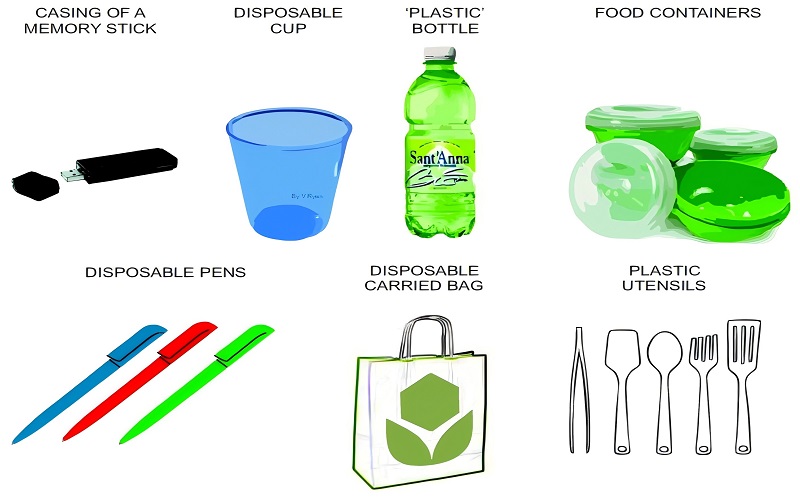
Comparing PLA to Traditional Plastics: Which is Safer?
Compared to common plastics, such as polyethylene (PE) and polypropylene (PP), PLA is indeed more environmentally friendly and safer.
- Speaking of environmental protection,
- PLA is made from plants, such as corn or sugar cane. If handled well, it can be decomposed into water and carbon dioxide in industrial composting plants.
- Traditional plastics such as PE and PP are extracted from petroleum and basically will not degrade for hundreds of years. They remain in the soil and oceans and have a great impact on the environment.
Therefore, as long as it is handled properly, PLA will cause much less harm to the environment.
- Speaking of health,
- PLA is often used for food packaging and medical supplies, which is relatively safe. Unlike some traditional plastics, PLA does not release harmful chemicals.
- For example, polyvinyl chloride (PVC) may emit toxic gases when heated or aged, while PLA does not contain those harmful additives and is safer to use.
In general, PLA is more environmentally friendly and healthier than plastics such as PE, PP, or PVC, but it can only degrade well under specific conditions; otherwise, it may also become microplastics.
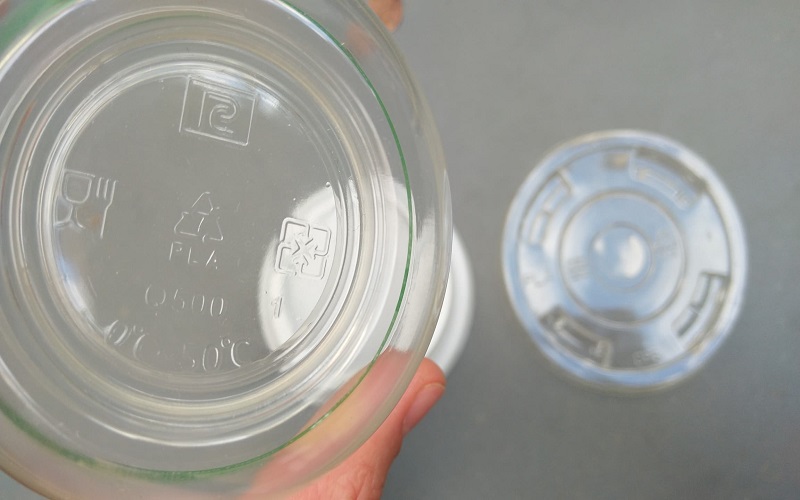
Is PLA Toxic?
If you’re wondering if PLA is toxic, the short answer is no.
It’s non-toxic, contains no BPA, and doesn’t release harmful chemicals into food or drinks. Because PLA is made from plants, it’s a safer choice for food packaging or medical devices.
However, like all materials, it has to be used in the right place.
PLA is not heat-resistant, so don’t put it in the microwave or put it in hot drinks.
In addition, when using PLA for 3D printing, although the material is fine, some small particles will be produced during the process, so just remember to keep ventilation.
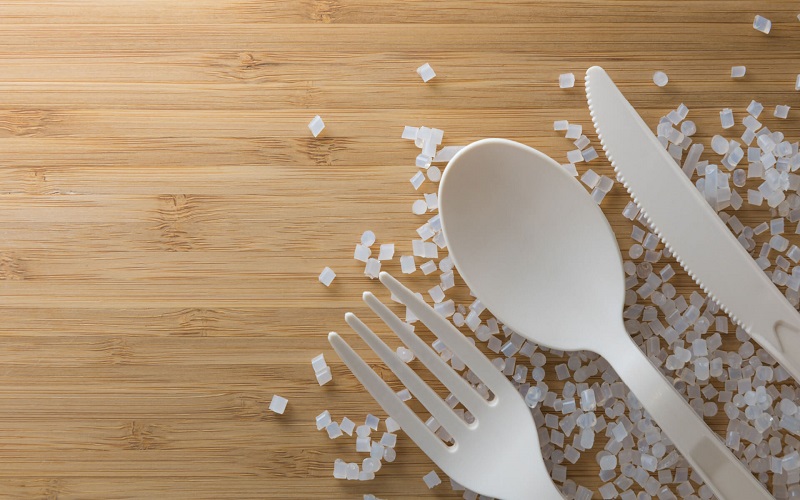
Conclusion: Is PLA Safe for Use?
PLA is safe for use.
It is non-toxic and contains no harmful substances like BPA, so it is fine to use in food packaging, beverage containers, and some medical devices.
As long as it is not exposed to high temperatures, such as not being used to hold hot drinks or put in the microwave, PLA is an environmentally friendly and safe choice.
When used in 3D printing, paying attention to ventilation can also ensure health and safety.

